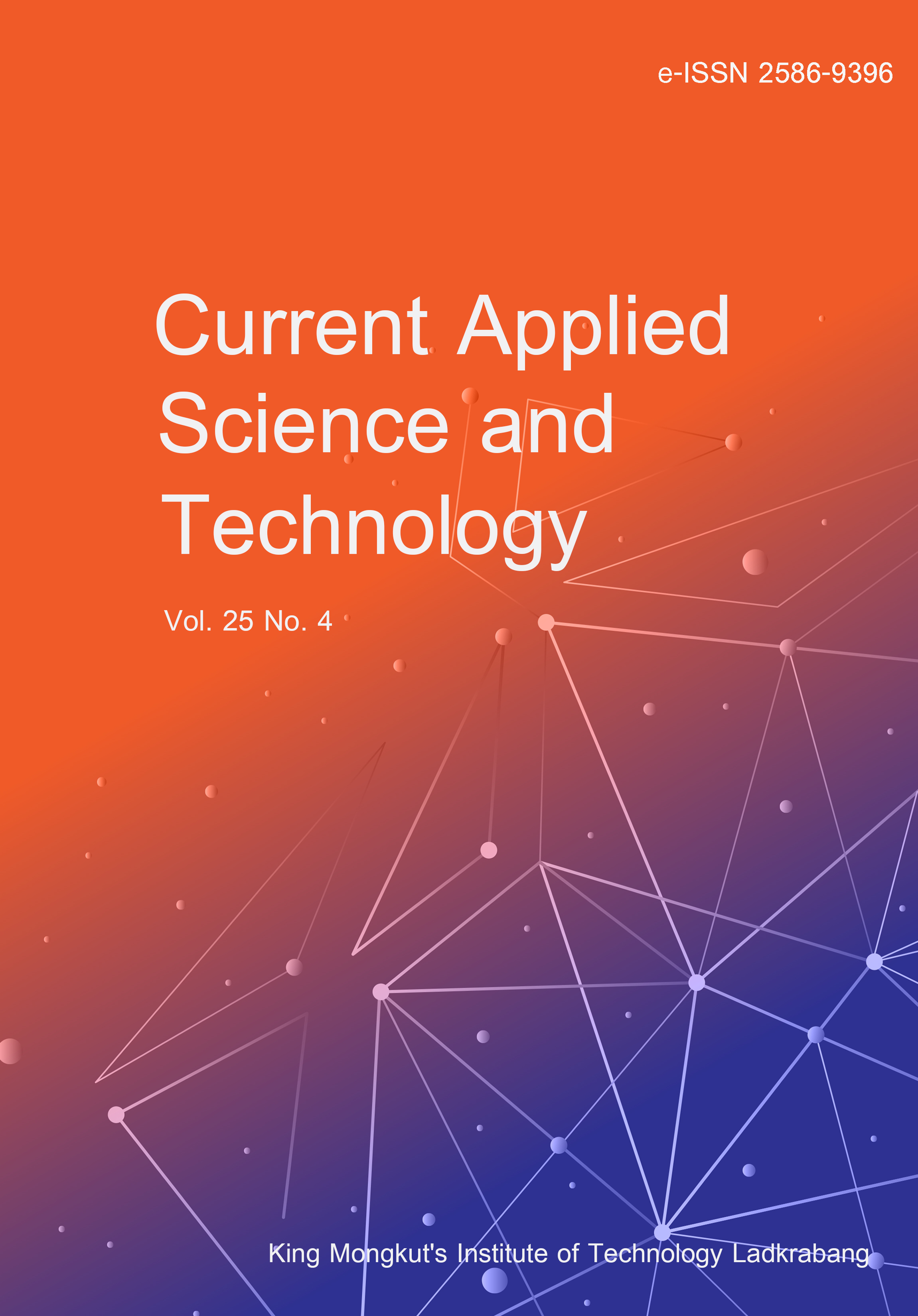This is the first study that compared the phytochemical content of early and late season Mon Thong durian (Durio zibethinus Murray) samples from five orchards in Chanthaburi province, Thailand, crop year 2022-2023. The results showed that total phenolics, total flavonoids, total tannins, anthocyanins and DPPH radical scavenging activity in early season samples were significantly higher than late season samples (p<0.05), whereas b-carotene was not different (p>0.05). The phytochemical content in durian samples correlated with flowering and fruit setting management. The early season flowering had the high numbers of inflorescences. Therefore, the quality of the early season durian production was greater than the late season. Decreases in temperature and rainfall were environmental stress that affected durian trees, leading to increased synthesis of phytochemicals including phenolics, flavonoids, tannins, and others. Such a reaction might be called plant self-defense system to tolerate challenging conditions. The individual orchard soil pH and organic matter also affected the nutrients available for durian production. The orchard that had the acidic soil, and lower organic matters, P, K, nitrate and ammonium, produced durians of lower phytochemical content. In case of several flowering generations, the early inflorescence flowers were kept or thinned for preventing nutrient deficiency. Sufficient nutrient concentration during fruit setting led to the production of durians of higher quality and phytochemical levels.
Srimoon, R. undefined. ., Niyomwan, S. ., & Ngiewthaisong, S. undefined. . (2025). Comparison of Early and Late Season Phytochemical Content in Mon Thong Durian Cultivar (Durio zibethinus Murray). CURRENT APPLIED SCIENCE AND TECHNOLOGY, e0262051. https://doi.org/10.55003/cast.2025.262051

